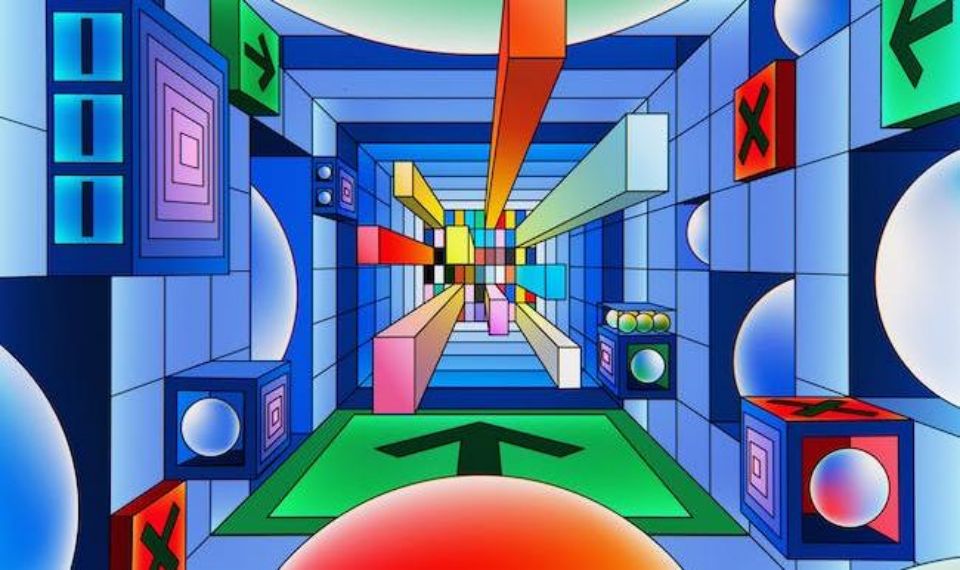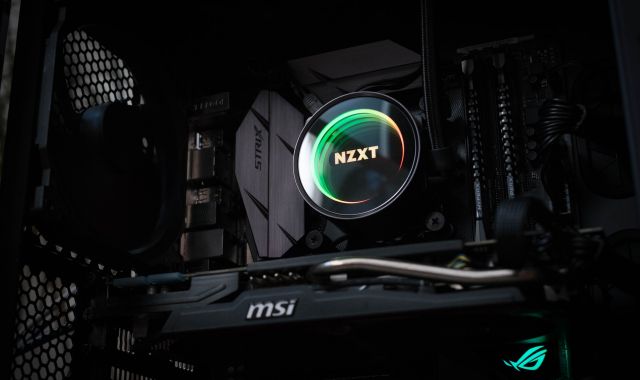
In Silicon Valley, a quiet revolution is unfolding. A nondescript industrial unit houses an impressive 3D printer known as ‘Big Red.’ With an almost laser-like intensity, it methodically layers precision-engineered plastic into tangible, usable products, crafting them one layer at a time.
The key feature of Big Red, its ability to create a complex object as a single piece with moving parts, signifies a shift in the paradigm of manufacturing. Conventionally, manufacturing moved from manually crafted items to automated assembly lines, which essentially meant piecing together multiple components to create a finished product. The advent of Big Red and its counterparts, however, showcases a future where elaborate devices can be printed as a single, seamless entity.
This revolution in 3D printing is not just confined to the quiet hum of trailblazers like Big Red. It is already permeating multiple layers of our tech-driven world. In the global medical field, 3D models are helping surgeons prepare for intricate procedures. In construction, 3D-printed concrete houses offer promising solutions to affordable housing. In the aerospace sector, 3D-printed parts are finding their way into everything from satellites to space rovers.
Perhaps the greatest example of this is a company called ProtiQ. Through 3D printing, they produce intricately designed components for everything from custom-made drones to medical devices. They rely on precision engineering for complex parts that are often impossible to make with traditional manufacturing methods. One such invention is a medical stent custom-made to fit the patient’s body, thereby reducing the risk of complications.
The benefits are quite tangible. The process is more efficient in terms of resources used, reducing wastage. Transport costs are cut down as raw materials and final products can be transported more easily. The time taken from initial design to final product is drastically reduced.
There is, however, a caveat. As with any kind of revolution in technology, it has potential drawbacks. A notable concern surrounds the potential abuse of this innovative technology, specifically around the replicated manufacturing of patented or copyrighted products. This fuels the ongoing debate about materials, copyrights, and patents in the field of 3D printing.
In spite of the complexities, the 3D printing revolution is gaining momentum. With capital injection and thoughtful regulation, this technology has the potential to bring about a renaissance in various sectors. In a world grappling with the urgent need for sustainable resources and ever-growing demands, the potential of 3D printing holds promise for a more efficient, craft-driven future.
The story of Big Red and its kin is certainly one of provoking intrigue and curiosity. A reality, not too distant, where our homes are furnished entirely with 3D printed products, could be more than just a theoretical concept. It’s a fascinating intersection between old age craftsmanship and futuristic technology. The revolution has begun, and it’s unfolding layer by layer.









